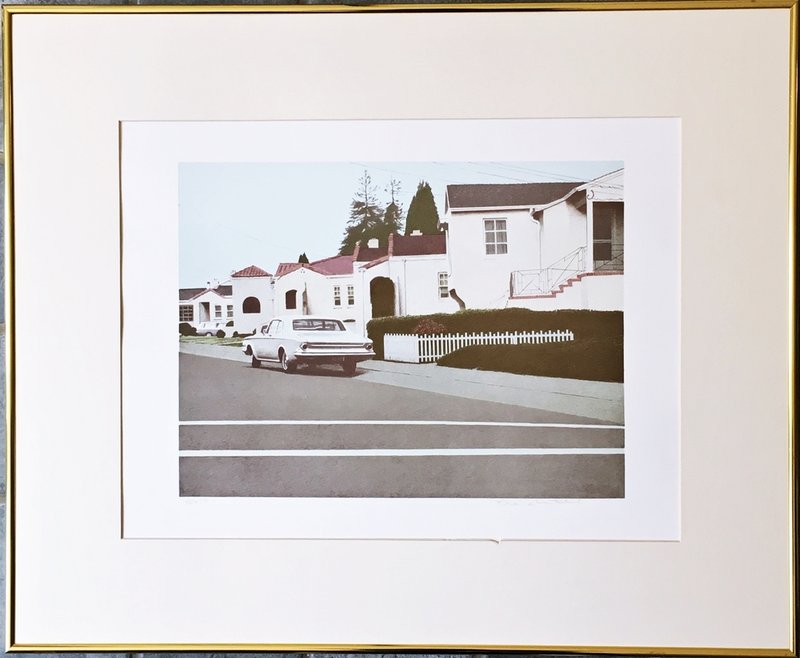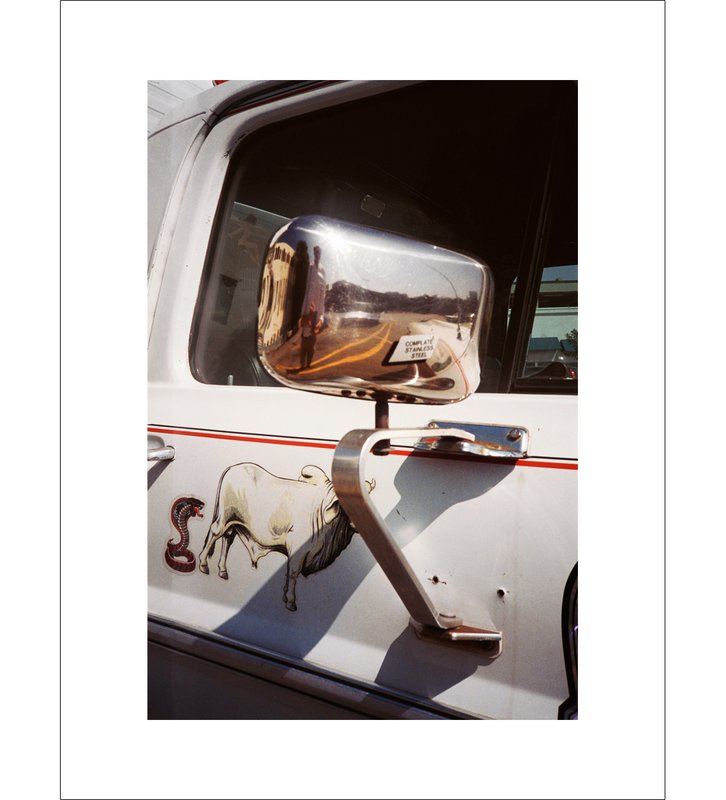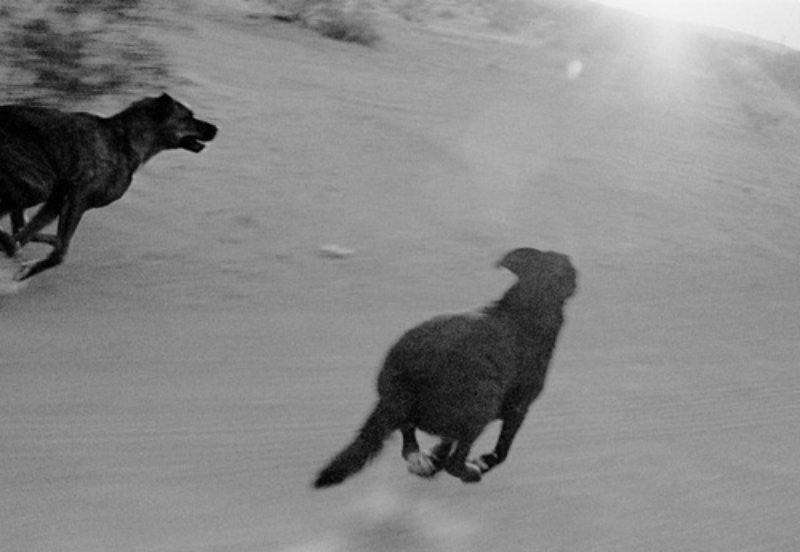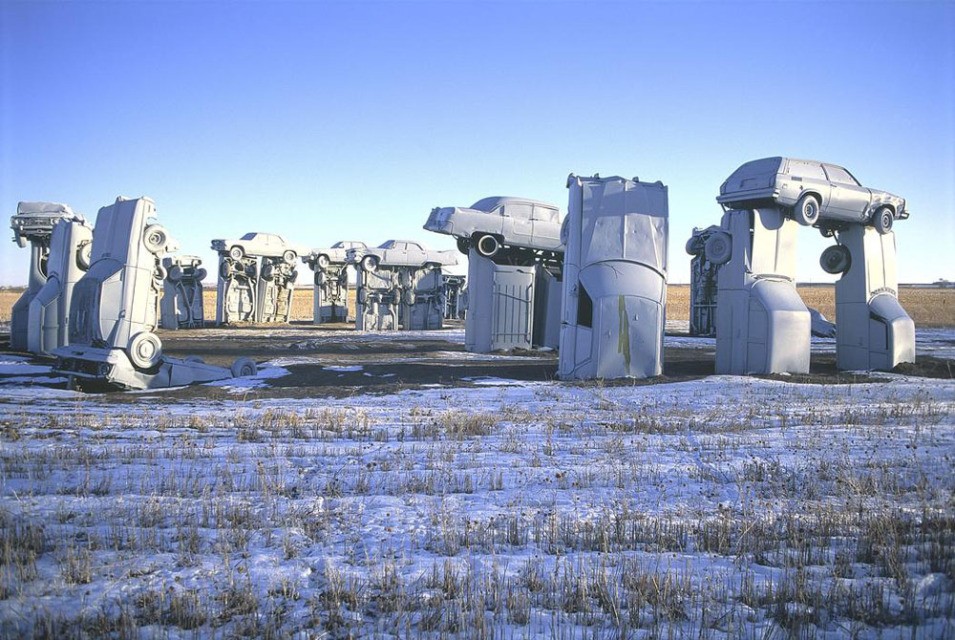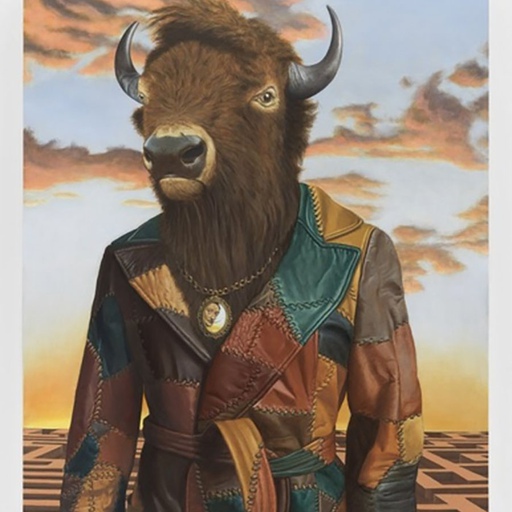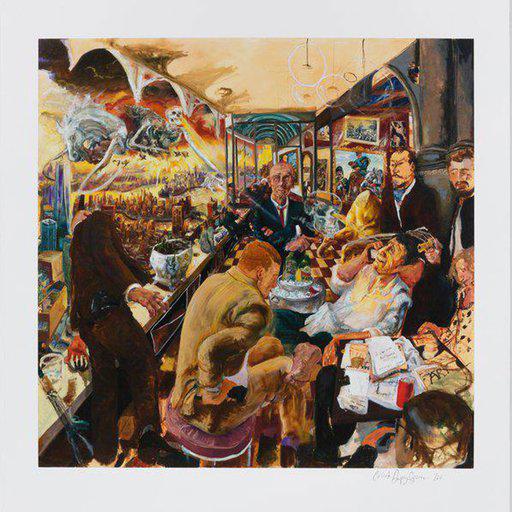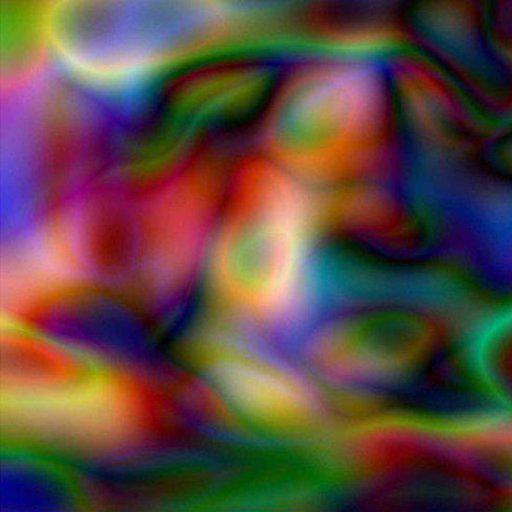In his 1909 Manifesto of Futurism, which outlined the aesthetic programme of the Italian art movement, Filippo Tommaso Marinetti proclaimed that “A racing automobile with its bonnet adorned with great tubes like serpents is more beautiful than [the famed Classical sculpture of a winged goddess] the Victory of Samothrace”.
Thus, he swept aside millennia of artistic tradition, and announced that the still-embryonic 20th-century would be characterized by a radical Modernity, with the car as its shiny, speeding emblem. Reading the art theorist's ecstatic hymn to petrol power today, makes the average Jeremy Clarkson monologue sound like Greta Thunberg.
Over a century on, much of humanity has come to view cars as a mixed blessing. Yes, they represent the freedom of the open road, and grant us the ability to choose our own traveling companions, even if the journeys we most regularly embark on are not Jack Kerouac-style adventures but trips to the mall and the daily school run. Against that we should balance not only the alienation inherent in travelling in the steel and glass hermit’s caves of our own personal vehicles, but also the environmental impact – put plainly, cars run on fossil fuels are costing us the Earth.
Given the complex role automobiles play in our lives, it makes sense they have inspired numerous great art works, among them Andy Warhol’s iconic silkscreen Orange Car Crash Fourteen Times (1964), Gustav Metzger’s prescient sculpture Mobbile (1970), in which a modified Citroën collected and stored its own deadly carbon emissions, and Roger Hiorns’ Untitled (2006), a BMW engine rendered inoperative by a flowering of glittering blue copper sulphate crystals.
Below, we gather together six artworks in which the car is the star. Automobiles, here, speak variously of escapes into the wilderness and of stultifying suburban conformity, of clashing ideologies and the things we notice – and neglect – on life’s long road trip. Time to hit the road.
ROBERT BECHTLE - Chrysler 1964, 1971
Alongside Richard Estes and Chuck Close, the American painter Robert Bechtle was one of the pioneers of 1960s Photorealism, a movement that both channeled – and developed a critique of – the ubiquity of the photographic image in late 20th-century visual culture. Looked at today, his etching of a sparkling white ’64 Chrysler parked up in a spotless North Californian neighborhood might, for some, prompt feelings of nostalgia for a lost American past. This, though, was very far from the artist’s goal.
In interviews, Bechtle stated that his interest in such now-retro automobiles stemmed from the fact that they were “ordinary objects”, with a mundane existence outside the fantasies of “what advertisements showed and our imagination […] They were not antiques, and there was nothing glamorous or exotic about them”. What the artist gives us, then, is a deadpan, purposefully affectless vision of suburbia, in which a series of near-identical white boxes and boundaries – cars, houses, picket fences, road markings – contain and circumscribe human life. Note the fact that not a single resident is pictured, here. It seems they’ve been cleansed, along with all their messiness and complexity, from this creepily immaculate American dream.
LIZ COHEN - Bodywork Roof, 2006
The car in the noted American artist Liz Cohen’s photograph Bodywork Roof is what mechanics call a 'cut ‘n’ shut', created by welding together the front and back halves of two written-off vehicles into a single, hybrid ride. Here, this dangerous and widely illegal practice brings together not only incommensurate automobile models, but the opposing ideologies that produced them: Cohen’s 'cut ‘n’ shut' is formed from a Cold War-era East German Trabant, and a Chevrolet Camino, the ultimate American muscle car. The incongruity of the resultant communist-capitalist chimera is further complicated by the fact that while the artist did the work of welding the two vehicle halves together, she poses on its roof not in a mechanic’s stained overalls, but in a spotless pink bikini, like a pin-up in some antiquated and deeply sexist car ad.
While this image unsettles patriarchal – and arguably some feminist – thinking about gender roles, it also turns on formal contrasts, among them the inorganic hardness of the vehicle’s dull, grey-green metalwork, and the organic softness of the artist’s glowing, rosy flesh. Looking at Cohen’s photograph, we get to thinking about what is exposed to our eyes (the car’s engine, much of her body), and what remains hidden (her own mechanical and artistic labour, the skillful fingertips that inch into her bikini briefs). If this is a work about irreconcilable contradictions, then one thing is for sure: the artist sequences them with visual panache, and a scandalous wit.
WILLIAM EGGLESTON - Untitled (Los Angeles 1994/2010), 2010
“Objects in the rear-view mirror may appear closer than they are”. So sang the recently departed Meat Loaf in his 1993 single of the same name, which explores the conditional syllogism that “if life is just a highway, then the soul is just a car”. While tonally, the quiet epiphanies offered up in the work of William Eggleston may be a far cry from Meat Loaf’s gothic histrionics, in this image the seminal American photographer finds himself on similar metaphorical ground. In the chromed flipside of a truck’s wing mirror, we see the distorted reflection of a figure, which might be Eggleston, or (given our point of view) ourselves. At the figure’s back, two wobbly, yellow road markings disappear into the distance: an index of the distance left to travel by the truck’s driver, the long miles to go.
There is a complex play, here, of object and reflection, front and rear. It’s not clear whether there’s anybody in the truck’s cabin (the photographer shows us only the passenger door), but if there is then we might ask ourselves whether they’ve glimpsed the figure on the road. Chances are, they haven’t. As we journey along life’s highway, countless things pass us by unnoticed, never to reappear. With astonishing blitheness, we miss opportunity after opportunity. With dumb luck, we dodge threat after threat. Perhaps Eggleston’s image is a reminder to pay greater attention, or maybe – given that this is such a precious, finite resource – to focus it on what matters most.
JOHN DIVOLA - Dogs Chasing my Car in the Desert, D07F30, 1996
In Understanding Media: The Extensions of Man (1964), a landmark study of how capitalist cultural forms shape human consciousness, the Canadian philosopher Marshall McCluhan wrote that: “The car has become the carapace, the protective and aggressive shell, of urban and suburban man”. This goes double when these soft-bellied individuals leave civilization behind, and head out into the wilderness. Here, the acclaimed American photographer John Divola – whose work features in the collections of MoMA, New York and MoCA, Los Angeles – presents the view through his vehicle’s windscreen, as he drives across the desert, pursued by a pair of black, ghostly dogs. Is he safe in his car, or is he tinned meat?
Speaking about this work, Divola has said that "It could be viewed as a visceral and kinetic dance. Here we have two vectors and velocities, that of a dog and that of a car and, seeing that a camera will never capture reality and that a dog will never catch a car, evidence of devotion to a hopeless enterprise". A key theme, here, is surely loneliness, not only that of the under-stimulated hounds, driven into a frenzy of excitement at the presence of a newcomer to their bleak, featureless desert home, but also that of the driver, sealed off from the outside world in his steel and glass cocoon – part armour, part prison.
HIROJI KUBOTA - USA. Alliance, Nebraska. 1991. Jim Reindors, a sculptor, was so inspired by Stonehenge in England that he and his relatives built their own "Carhenge" during a family reunion in Alliance in 1987, 1991
At present, there are an estimated 1.4 billion cars on planet Earth’s roads. Given that each of them has an average operational lifespan of little more than a decade, that’s a mindboggling number of vehicles heading for the scrapyard each year. Digging through the wreckage of our civilization, what will future archaeologists conclude from the superabundance of automobile parts?
In this wintry shot by the Mainichi Art Prize-winning Japanese photographer Hiroji Kubota, we see a number of junked cars in a frosty Nebraskan landscape, sprayed grey and arranged in the manner of the rocky posts and lintels of that most iconic of Neolithic monuments, Stonehenge. This is, in fact, a 1987 work by the American sculptor Jim Reindors, titled Carhenge, which remakes the prehistoric monument as a temple to (and perhaps graveyard for) the late 20th century’s self-destructive addiction to speed, convenience, and damn-the-environment personal liberty. Will future tourists visit this site, and shake their heads in wonderment at our strange, savage ways, in much the way we do now when we visit, say, the Colosseum in Rome? We can only hope.












